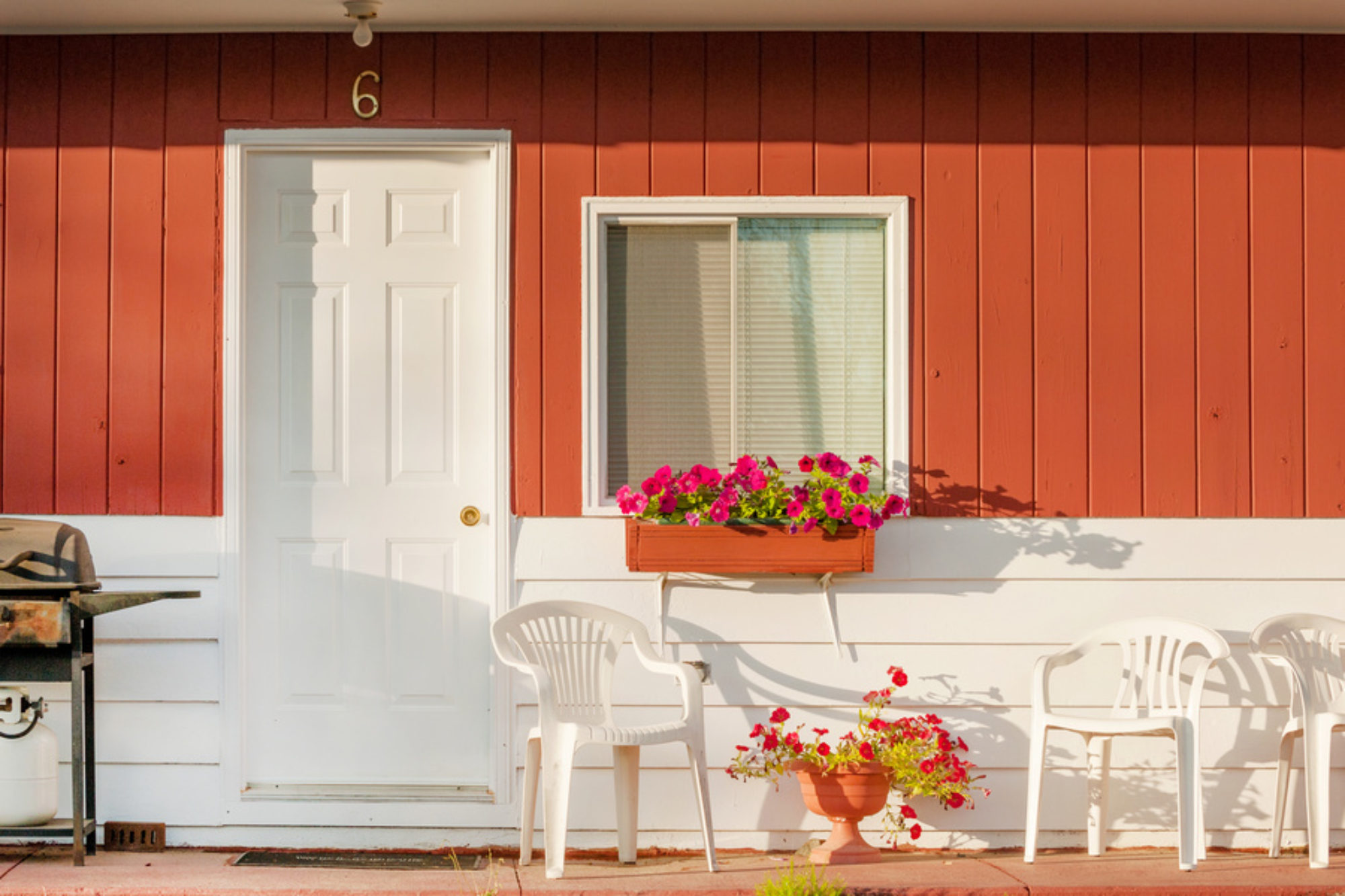How Bad Are My Stucco Cracks?
Nowadays, many people are reading misleading information about the cracks in their stucco. Because of this, even a small crack can cause people unnecessary stress. In this post, we will show the difference between normal cracking and excessive cracking, as well as reasons why they form.

Why Does Stucco Crack More On Modern Houses?
Since it’s a cement product, it is prone to cracking. However, if mixed correctly, it is a very durable substance, and in a lot of cases, will stay in tack for longer than the actual structure. Even though some stucco contractors may say otherwise, having it crack free is impossible.
Sometimes people notice an older home, made before the 1950’s, that miraculously have less cracks. This is true. However, there are some reasons why. When these homes were built, their studs were 2×4 inches, rather than the smaller size that is used now. These studs were also kiln dried. Additionally, the wood in construction came from trees that were much larger than the trees we have now, due to deforestation. Therefore the amount of distortion in the lumber was way less compared to what is used in modern times, due to its size.
When Do I Need Stucco Repair?
Small cracks do not indicate a problem. This is a natural phenomenon. The California Contractors Licenses Board laid out a craftsmanship guide that covers cracks. Its guide stated, “Hairline cracks if not excessively numerous are acceptable. If cracks exceed 3/32 inches, it is unacceptable and should be repaired”.
What Is The Most Common Reason For Needing A Restucco?
Cement stucco fractures for a lot of reasons. The main cause of this is usually plywood installation. First, they appear similar to a spider crack. They don’t form at plywood joints, basically since the cracks form where there are weak spots in the stucco. These may be located anywhere on the plywood, and necessarily on the edges and ends of it.
Even though the American Plywood Association recommends otherwise, the majority of plywood sheathing has its ends and edges stuck directly together, rather than leaving the 1/8th of an inch space between them to account for movement caused by weather and other natural phenomena. Additionally, this 1/8th of an inch is recommended since a hydrogen bond is used to adhere plywood to its surface, and just a little bit of water can negatively affect this bond. Naturally, since the adhesive is exposed to elements more predominantly at the edges of plywood, the adhesive loses its bond here, and causes the plywood to disconnect from the surface it’s applied to. This disconnection causes the plywood to jut outward, creating force that causes cracks.
What Other Cracks Require Stucco Repair?
Inadequate moisture curing could require you to need a stucco contractor.
Additionally, if the contractor does not apply the proper thickness of stucco, then it becomes more susceptible to cracking. Tests have demonstrated that just by adding another eighth of an inch, it will require twice the amount of force to cause it to crack.
If you live in a place where the soil around your residence becomes constantly dry and then wet, this can move your structure enough to form cracks. A common place for these to form is at the edges of doors and windows, which are traditionally weaker parts of buildings. These, however, are considered commonplace, and shouldn’t be a huge cause for concern. In Santa Fe, due to elevation and desert environment, weather can change rather dramatically, going from hot to cold within a short period of time. This leads to wood framing to expand at a rate that is different than stucco, and this irregularity could require stucco repair. If you are thinking about cleaning your windows to complete your home improvement project, see our window cleaning article.
